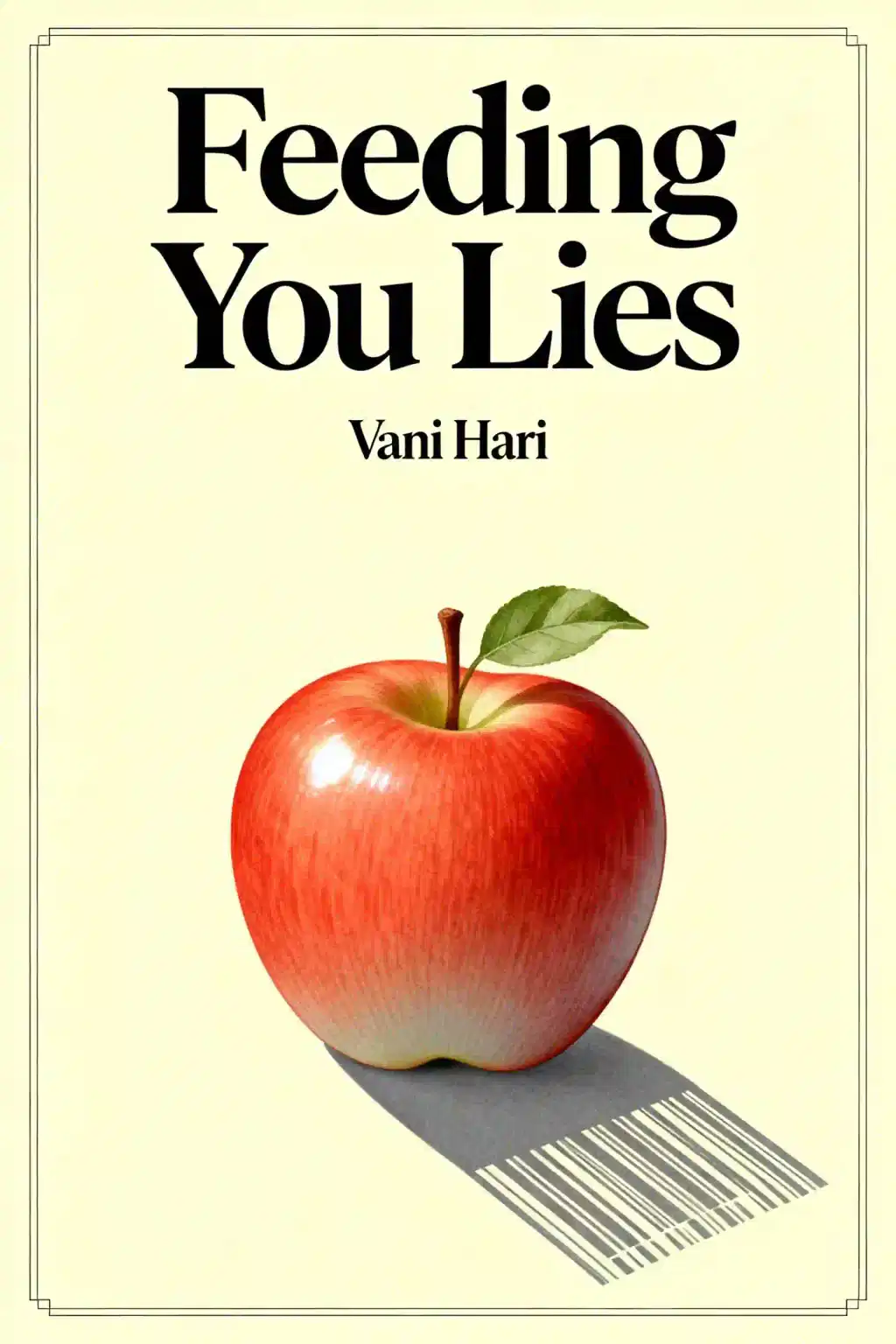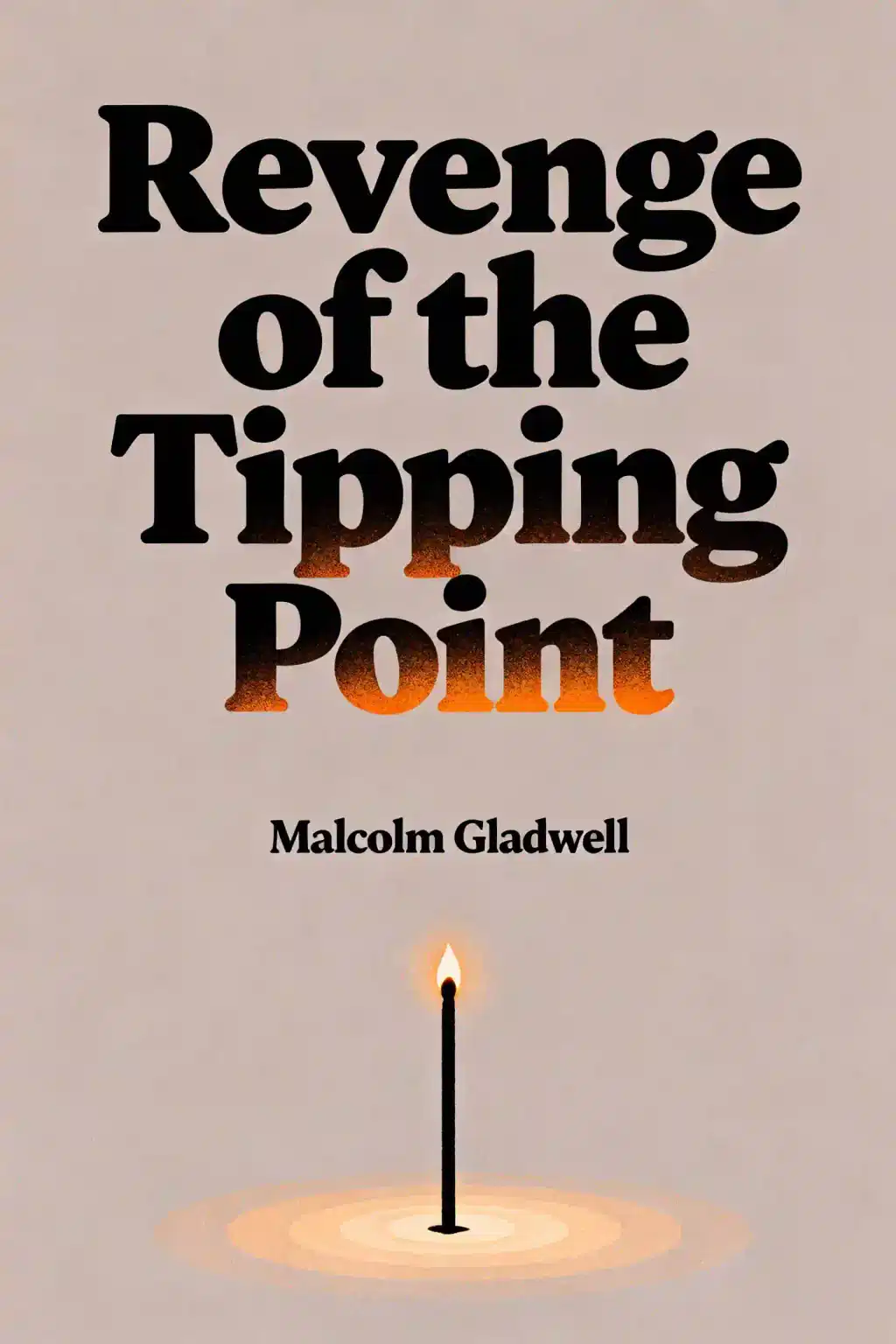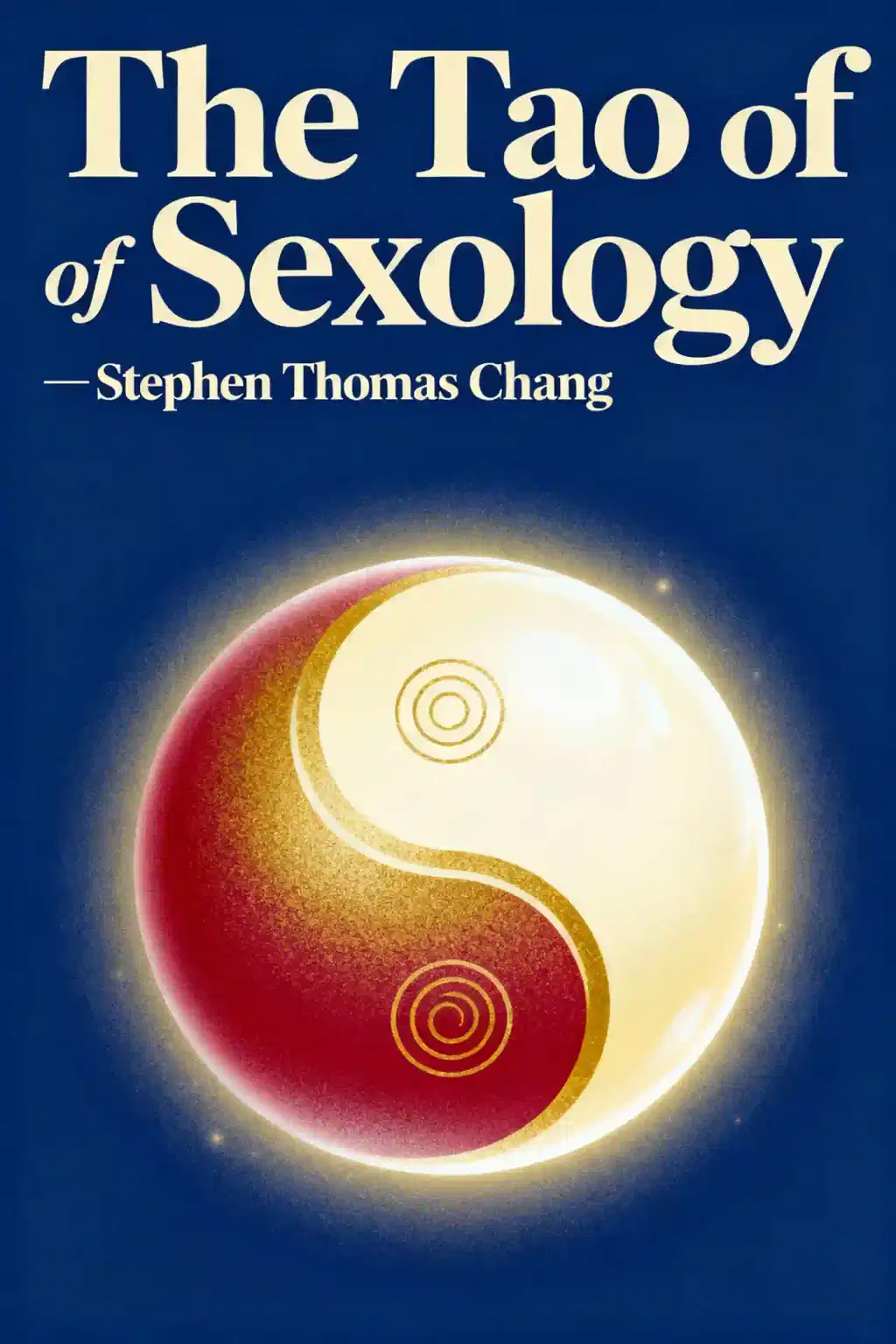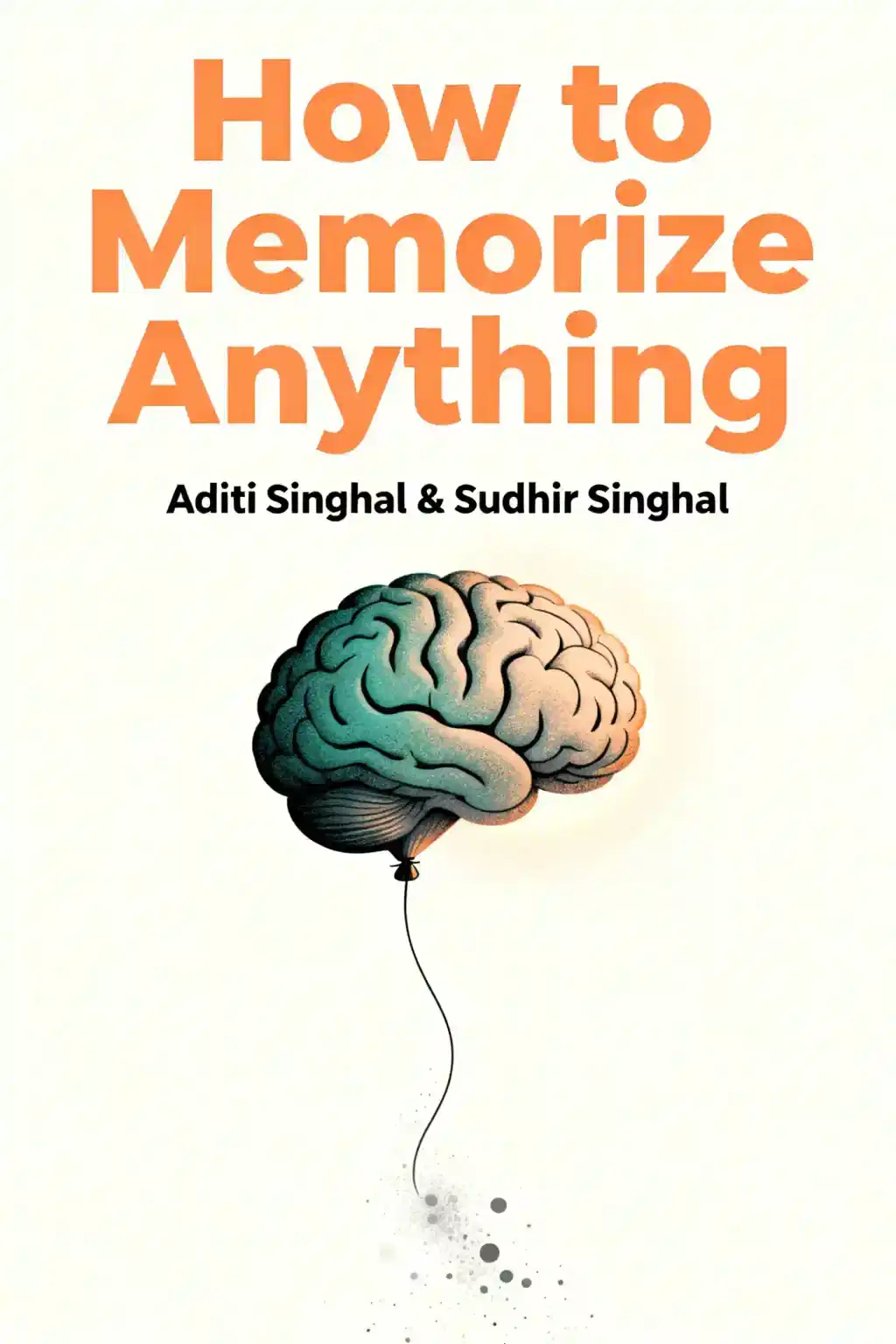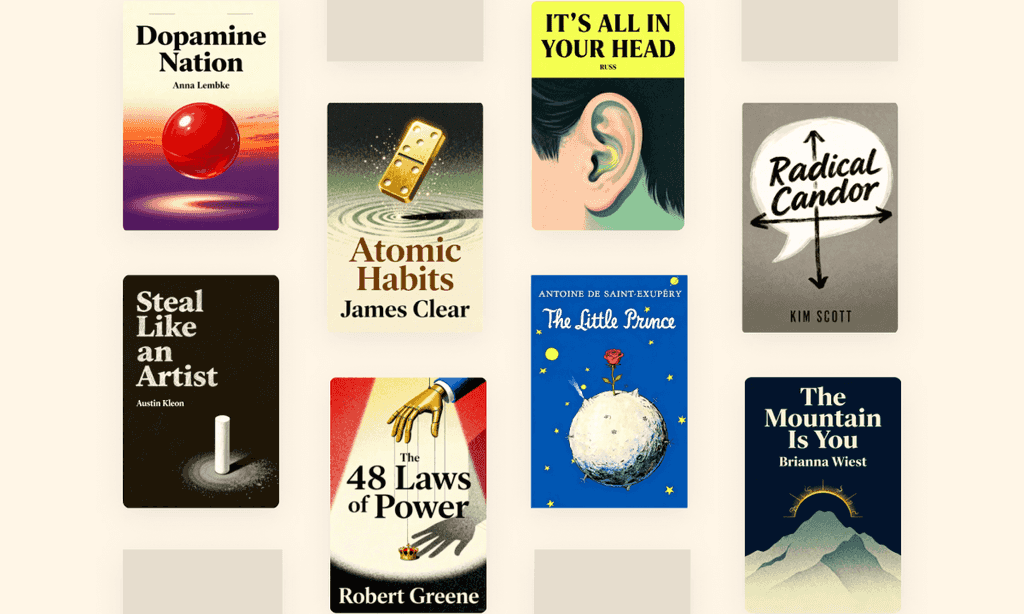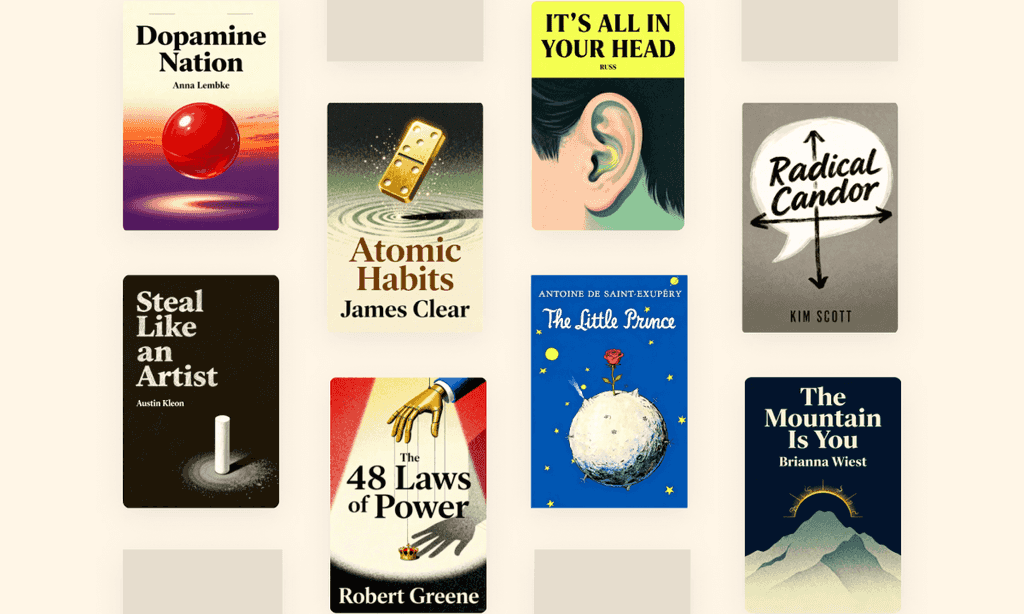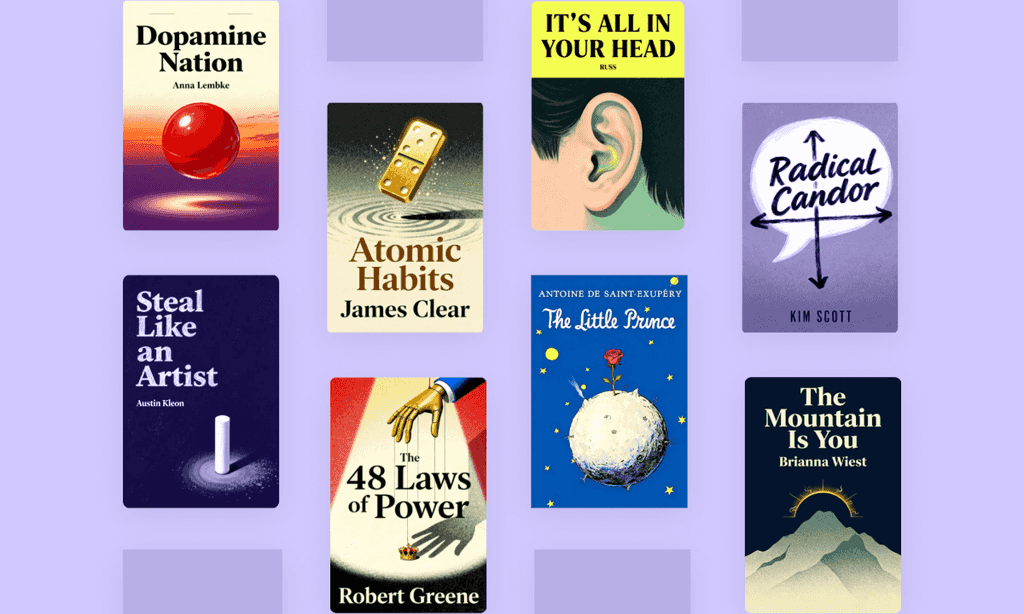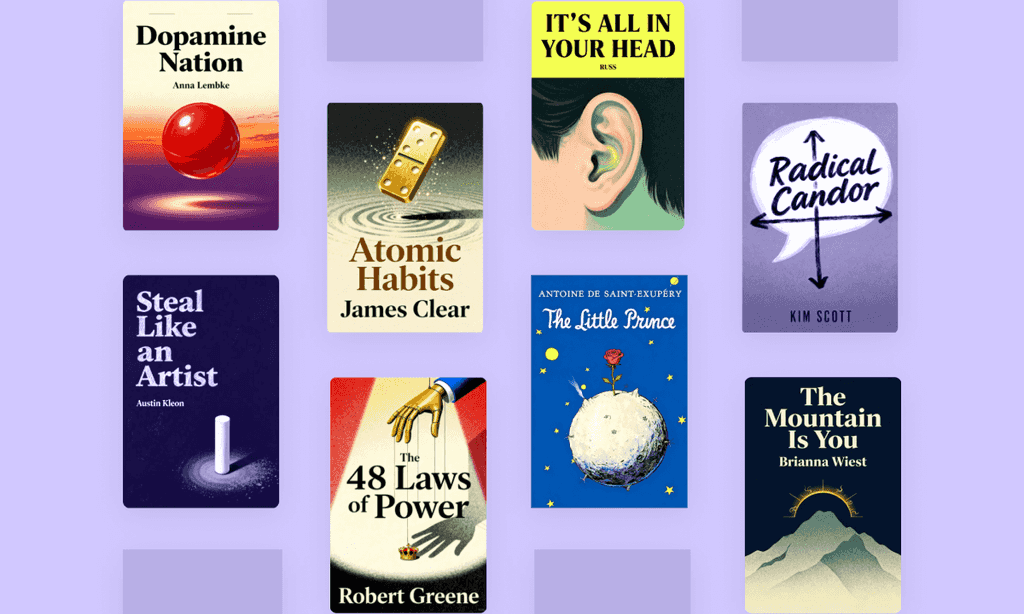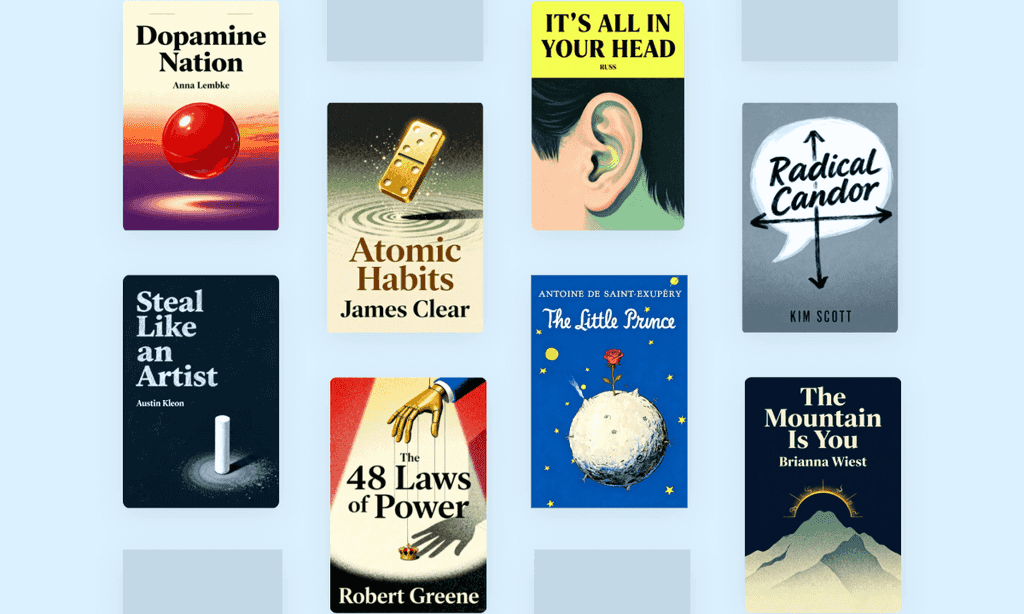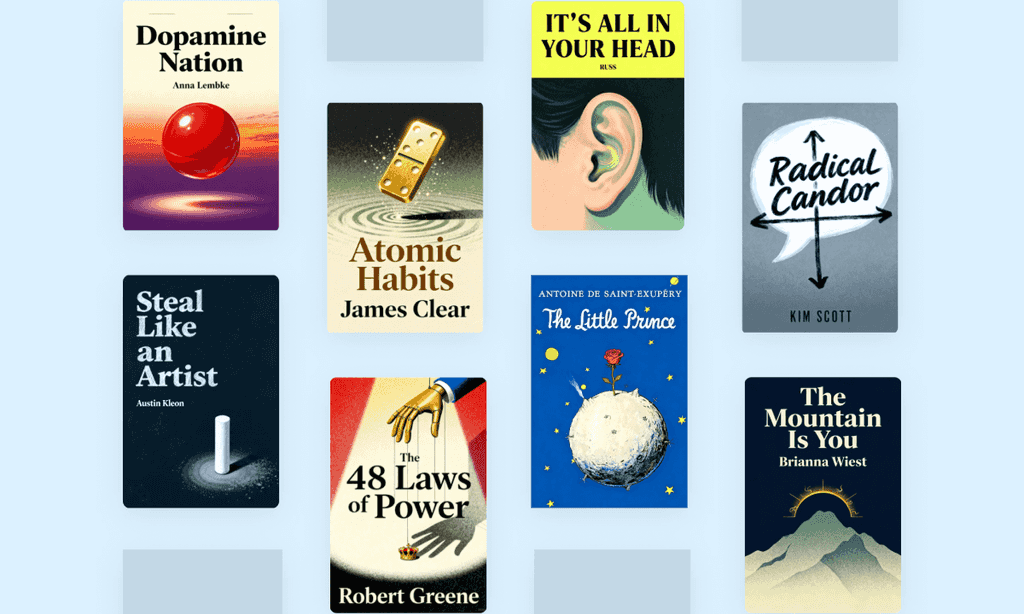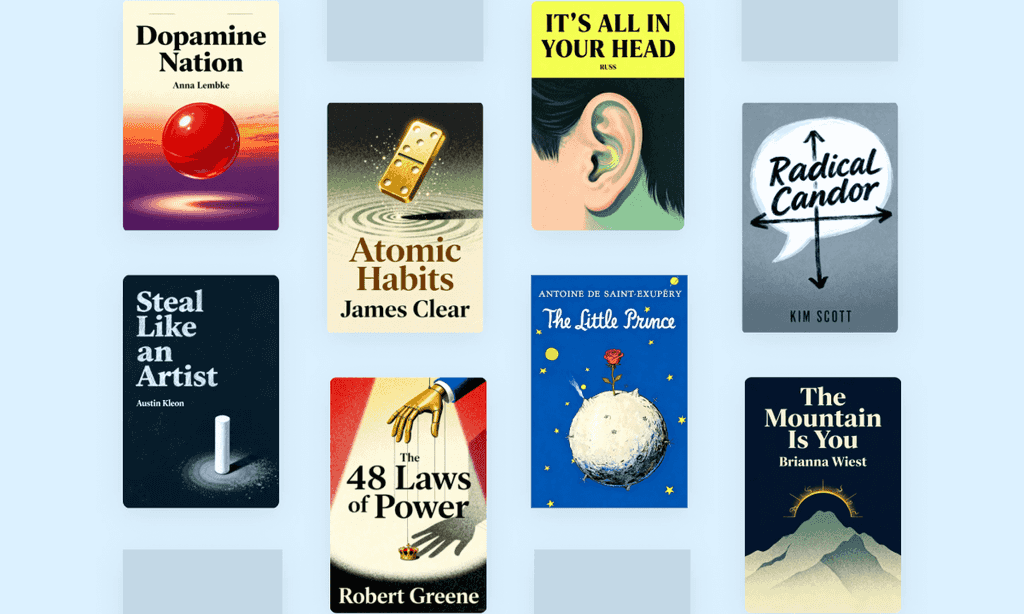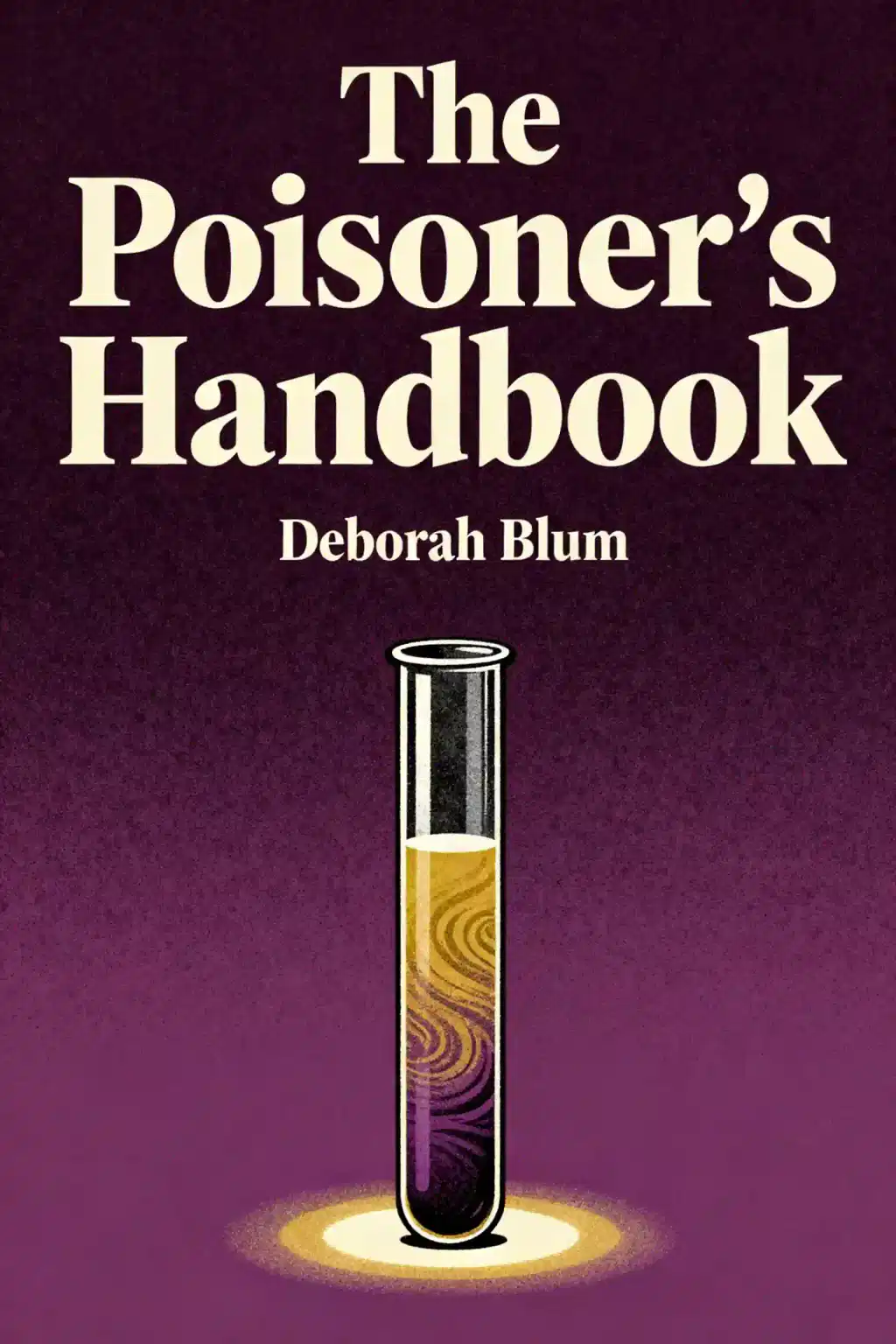
The Poisoner's Handbook by Deborah Blum Summary
Before CSI, two scientists revolutionized murder investigations in Jazz Age New York. This NYT bestseller, adapted into an Emmy-nominated PBS documentary, reveals how chemistry caught killers when poison was the perfect murder weapon. True crime meets scientific breakthrough.
About the author
Deborah Blum is a Pulitzer Prize-winning science journalist and bestselling author of The Poisoner's Handbook: Murder and the Birth of Forensic Medicine in Jazz Age New York, a gripping blend of true crime, history, and forensic science. Her expertise in toxicology stems from decades covering poisons from environmental and homicidal angles for The New York Times, The Wall Street Journal, and Scientific American.
As director of MIT's Knight Science Journalism Program and publisher of Undark magazine, Blum has become a leading voice in science communication.
Her follow-up work, The Poison Squad (2018), also became a New York Times Notable Book and PBS documentary. She authored the chemistry blog Elemental for Wired, which Time named one of the 25 best American blogs in 2013. The Poisoner's Handbook was adapted into a 2014 PBS American Experience documentary, short-listed for an Emmy Award, and remains a New York Times bestseller.
FAQs About This Book
The Poisoner's Handbook chronicles the birth of forensic science in 1920s New York City through the groundbreaking work of chief medical examiner Charles Norris and toxicologist Alexander Gettler. Structured as linked case studies, each chapter explores a different poison—from arsenic to radium—as the duo revolutionizes criminal investigation during the corrupt Tammany Hall era and Prohibition. The book blends true crime, Jazz Age history, and scientific detective work into a compelling narrative about how chemistry became the key to solving perfect crimes.
The Poisoner's Handbook appeals to true crime enthusiasts, history buffs interested in the Prohibition era, and anyone fascinated by forensic science. Readers who enjoy medical mysteries, scientific thrillers, and narrative nonfiction will find Deborah Blum's writing style engaging and accessible. It's particularly suitable for those curious about the evolution of toxicology, the dark side of the Jazz Age, or how modern crime scene investigation techniques were developed. Science writers and criminal justice students will also appreciate the historical context and scientific rigor.
The Poisoner's Handbook earned New York Times bestseller status and praise from Reader's Digest as one of the top 10 best crime books, demonstrating its exceptional quality. Critics describe it as "science writing at its finest that reads like a mystery novel," with The Washington Post noting it offers both CSI-level thrills and genuine education in forensic science. The book's success led to a 2014 PBS American Experience film adaptation, further validating its cultural impact and storytelling power.
Deborah Blum is a Pulitzer Prize-winning science journalist who earned the 1992 award for Beat Reporting while writing for the Sacramento Bee. As a best-selling author of six books, Blum specializes in making complex scientific topics accessible through narrative storytelling. Her rigorous research methods and long-standing interest in poison, toxicology, and forensic history uniquely positioned her to uncover the forgotten story of Charles Norris and Alexander Gettler, drawing from original archival materials and historical records.
The Poisoner's Handbook investigates mysterious deaths including a family inexplicably stricken bald, Barnum and Bailey's Famous Blue Man who turned blue from silver poisoning, factory workers suffering from radium exposure with crumbling bones, and a diner serving poisoned pies. Each chapter centers on a specific poison—chloroform, wood alcohol, cyanide, arsenic, mercury, carbon monoxide, and radium—showing how Norris and Gettler developed innovative forensic techniques to detect these deadly substances in human tissue.
The Poisoner's Handbook reveals how Prohibition created a deadly chemist's war between bootleggers and government agents, turning speakeasies into poison playgrounds. The government deliberately poisoned industrial alcohol to deter consumption, causing thousands of deaths from wood alcohol and methyl alcohol. Each cocktail became "a game of Russian roulette" as drinkers unknowingly consumed toxic substances. Deborah Blum documents how this public health crisis forced Norris and Gettler to develop rapid testing methods for alcohol-related poisonings while battling political corruption.
Charles Norris and Alexander Gettler revolutionized toxicology by creating experimental methods to detect minute traces of poison in human tissue, establishing protocols still used today. Gettler developed groundbreaking chemical tests for carbon monoxide in blood, arsenic in organs, and radium in bones through systematic experimentation. Their laboratory at Bellevue Hospital became America's first modern forensic toxicology facility, introducing scientific rigor to death investigations and replacing the corrupt, unscientific coroner system controlled by Tammany Hall politics.
The Poisoner's Handbook receives critique for insufficient biographical depth about Norris and Gettler, with readers wanting more personal details about the scientists' lives. Some reviewers found the technical sections describing testing procedures overly detailed and dry unless deeply interested in forensic methodology. Another criticism centers on Blum's inconsistent treatment of intentional murders versus accidental toxicities—the book sometimes conflates deliberate poisonings with unintentional industrial exposures, which one reviewer calls "a disservice to the material and victims."
The Poisoner's Handbook exposes how modern life transformed Jazz Age New York into a "poison playground" where danger lurked everywhere. Automobiles filled streets with lethal carbon monoxide, morphine appeared in cosmetics and pesticides sold on store shelves, and radium was marketed as a health tonic that actually caused bone deterioration. Deborah Blum illustrates how industrial progress introduced countless toxic threats beyond criminal poisonings, with workers, consumers, and children falling victim to unregulated dangerous substances.
The Poisoner's Handbook distinguishes itself by focusing on the scientific investigators rather than criminals, showcasing how forensic chemistry emerged as a crime-fighting tool. Unlike typical true crime narratives, Deborah Blum structures the book as interconnected case studies organized by poison type rather than chronological murders. The blend of Jazz Age history, detailed toxicology explanations, and Prohibition-era politics creates what Kirkus Reviews calls "the rollicking story of the creation of modern forensic science," offering educational depth alongside thrilling detective work.
The Poisoner's Handbook draws from rigorous archival research, with Deborah Blum accessing original case files, laboratory notes, and historical documents from the New York medical examiner's office and Bellevue Hospital. Reviewers consistently praise the book's thorough research and factual accuracy, with NPR describing it as "rigorously researched and thoroughly engaging." The book's credibility led to a 2014 PBS American Experience documentary adaptation, indicating professional historians validated Blum's scholarship and the historical integrity of her forensic medicine narrative.
Alexander Gettler's toxicology innovations established the foundation for modern forensic chemistry, with several of his detection techniques still employed in crime laboratories today. His systematic approach to identifying poisons in human tissue set scientific standards that transformed criminal investigation worldwide. Working alongside Charles Norris, Gettler trained subsequent generations of forensic toxicologists and helped establish toxicology as a respected scientific discipline, ensuring that poisoners could no longer commit "perfect crimes" through untraceable substances.
Quick Summary Mode - Read or listen to The Poisoner's Handbook Summary in 9 Minutes
Break down key ideas from The Poisoner's Handbook into bite-sized takeaways to understand how innovative teams create, collaborate, and grow.
Flash Card Mode - Top 10 Insights from The Poisoner's Handbook in a Nutshell
Distill The Poisoner's Handbook into rapid-fire memory cues that highlight Pixar’s principles of candor, teamwork, and creative resilience.

Fun Mode - The Poisoner's Handbook Lessons Told Through 21-Min Stories
Experience The Poisoner's Handbook through vivid storytelling that turns Pixar’s innovation lessons into moments you’ll remember and apply.
Personalize Mode - Read or listen to The Poisoner's Handbook Summary in 0 Minutes
Ask anything, pick the voice, and co-create insights that truly resonate with you.

From Columbia University alumni built in San Francisco
See More Stories?

Get the The Poisoner's Handbook summary as a free PDF or EPUB. Print it or read offline anytime.












